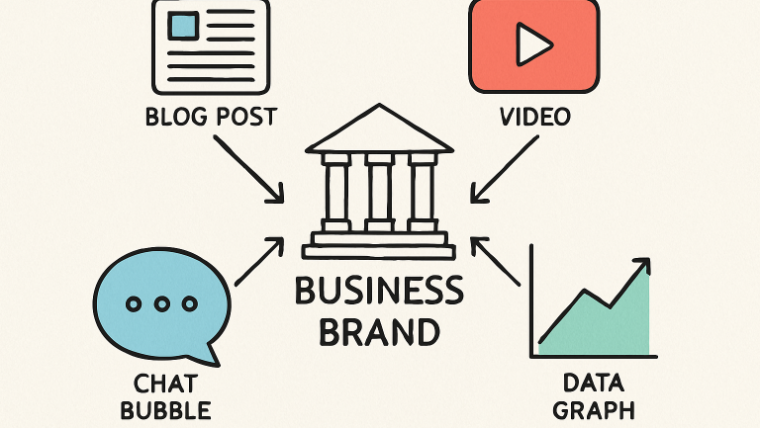Every successful business has one thing in common: efficiency. Whether it’s a large manufacturing plant, a growing logistics company, or a mid-sized service firm, the most efficient ones know exactly what they have, where it is, how well it’s working, and what it’s costing them. That’s not luck. It’s the result of strong asset management.
A business runs on its assets (machines, tools, vehicles, and equipment). When maintained well, everything works seamlessly; when neglected, costs rise and productivity suffers. That’s why asset management isn’t just record-keeping; it’s what keeps a business running strong.
Table of Contents
What Is Enterprise Asset Management?
In simple terms, enterprise asset management (EAM) is the process of monitoring, maintaining, and optimizing all physical assets of a business throughout their entire lifecycle, from acquisition to replacement or retirement.
It helps organizations answer essential questions like:
- How many assets do you have?
- Where are they located?
- When were they last serviced?
- Are they providing you with the best value for the money?
Having these answers in one place gives businesses control and clarity. It reduces surprises, improves decision-making, and ensures every piece of equipment or resource is being used to its full potential.

Why Strong Asset Management Matters
Good asset management isn’t just about tracking items; it’s about saving time, money, and energy. When businesses lack proper systems in place, they often spend more than necessary on repairs, waste valuable hours searching for misplaced equipment, or face sudden breakdowns they could have prevented.
Here’s why strong asset management plays such a key role in efficiency:
1. Fewer Breakdowns, More Productivity
Regular monitoring and maintenance help identify minor problems before they escalate into major ones. That means fewer unexpected stoppages, better performance, and higher output.
2. Smarter Spending
When you know exactly how long your assets last, how much maintenance costs, and when replacements are due, you can plan your expenses better. It prevents overspending and avoids sudden, hefty repair bills.
3. Longer Asset Lifespan
Assets that are cared for properly last longer. Regular inspections, timely servicing, and correct usage all extend their life, which reduces replacement costs in the long run.
4. Better Decision-Making
Strong asset management gives leaders a clear view of the company’s physical resources. It helps them decide which machines need upgrading, which machines they can use, and where investments will yield the best results.
The Shift to Smarter Systems
In the past, businesses used manual methods, such as spreadsheets or paper logs, to manage their assets. It worked, but only to an extent. Today, as operations become increasingly complex and fast-paced, businesses require systems that can perform more tasks.
Modern enterprise asset management tools provide real-time information and predictive insights. They can track the condition of assets, schedule maintenance automatically, and even alert managers before issues arise. This kind of visibility enables data-driven decision-making, which helps companies operate more efficiently, reduce waste, and make informed decisions based on facts rather than assumptions.
Imagine knowing that a piece of equipment will need repair two weeks from now, before it actually breaks down. That’s the kind of power modern asset management brings to the table.
People and Processes Matter Too
While technology plays a crucial role in strong asset management, people and processes are equally important. A well-designed system works only when teams use it effectively. It involves training employees, establishing clear maintenance routines, and fostering a culture of accountability.
When teams understand the importance of maintaining assets properly, they handle them more responsibly. It fosters a mindset where everyone, from technicians to managers, contributes to maintaining efficient operations.
The Bigger Picture: Business Growth
Efficient asset management does more than reduce downtime or save money; it also enhances overall operational efficiency. It sets the foundation for long-term business growth. When assets run smoothly, production increases, customer satisfaction improves, and profitability rises.
It also allows companies to expand without losing control. Whether you’re opening new branches, adding more machines, or scaling up production, strong asset management ensures consistency across all locations. It’s what keeps growing businesses steady and reliable.
Looking Ahead
The future of asset management is becoming increasingly intelligent. With technologies that can predict, monitor, and optimize in real time, businesses now have more control than ever. However, the real secret lies in combining this technology with clear strategies and responsible management.
Strong asset management isn’t just about keeping things working; it’s about building a system where every resource adds value, every process runs smoothly, and reliable data backs every decision.
Final Thoughts
Today, efficiency is everything. And behind every efficient business, there’s a strong foundation of organized, well-managed assets. It’s what helps companies deliver consistent results, reduce costs, and stay one step ahead.
So, while strategies, marketing, and innovation all play their part, the real secret behind lasting efficiency often lies in something simpler: strong asset management.


